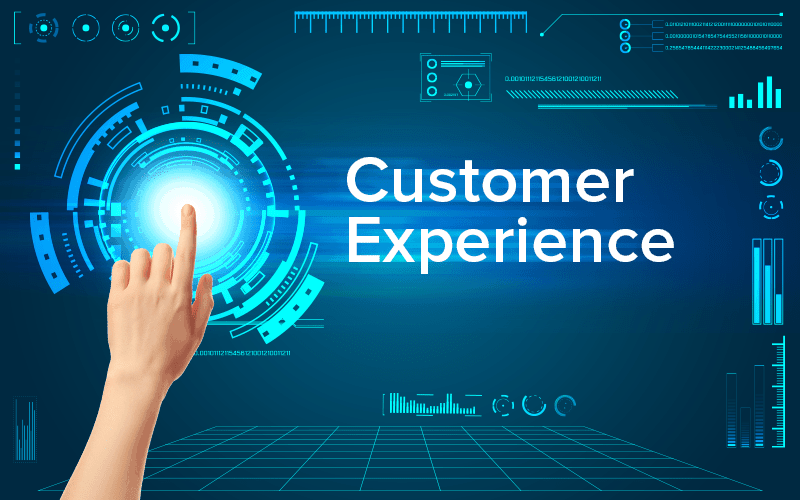What is the Customer Experience?
Customer Experience (CX) is defined by interactions between a customer and an organization throughout their business relationship. An interaction can include awareness, discovery, cultivation, advocacy, purchases and service. If you want your customers to stay loyal, you have to invest in their experience. The best way to measure customer experience is to merge business conclusions that are based on one hand from transactional data (e.g. POS, Analytical systems etc.) – hard data and data that is based on customer opinions, behaviors, recommendation, likes etc., comments) – soft data on the other hand.
What is the difference between Customer Experience and Customer Service?
In most cases, a customer’s first point of contact with a company is usually through interacting with an employee (either by visiting a store or by speaking on the phone). This gives your business an opportunity to deliver excellent customer service. However, customer service is only one aspect of the entire customer experience. For example, if you book a vacation on the phone and the person you are speaking with is friendly and helpful, that’s good customer service. Yet, if your tickets arrive early and the hotel upgrades your room, then that’s a good customer experience. That’s how the two are different!
How important is Customer Experience for business?
A business cannot exist without its customers, and this is why companies are focusing on how to win new business and perhaps more importantly, retain existing customers.
A survey by Bloomberg Businessweek found that “delivering a great customer experience” has become a top strategic objective. And a recent Customer Management IQ survey found that 75% of customer experience management executives and leaders rated customer experience a ‘5’ on a scale of 1-5 (5 being of the highest importance).
Customer expectations are higher than ever and word of mouth travels fast! Today, 89% of companies compete primarily on the basis of customer experience – up from just 36% in 2010. But while 80% of companies believe they deliver “super experiences,” only 8% of customers agree. In other words, companies have a long way to go.
5 Ways for improve the Customer Experience with Cube
1.Understand who your Customers are by integrating collected hard & soft data – unique powerful feature that Cube covers.
2. Create personalized connection with your Customers by providing dedicated end2end benefits including many awards such as promotional coupons, personalized promotion alerts etc.
3. Improve Customer convenience by reduction queues, easy payment, e-wallet for e-receipts – make life easier.
4. Capture Customer feedback in real time thanks to purchases based on ratings, real chance to improve the quality of products and services for merchants: Retailers, shops, producers, networks etc.
5. Based on the continuous feedback about the cube quality index, you can improve the customer care skillset among your team and redesign the products and services to better accommodate the customer individual and market trends.
The current traditional MBA custom is the segment the customers and target the offering is a way to ensure a consistent stream of “loyal customers”.
However from the recent market trends and analytical data, suggests that the brand should follow the preferences of customers to reflect the trend that the “brand should be loyal to the customer and not the customer loyal to the brand”.
Using Customer Experience approach does not only meet customers’ expectations. Research shows that it is a great way to motivate them to come back by keeping “customer happiness index at a high level”.



